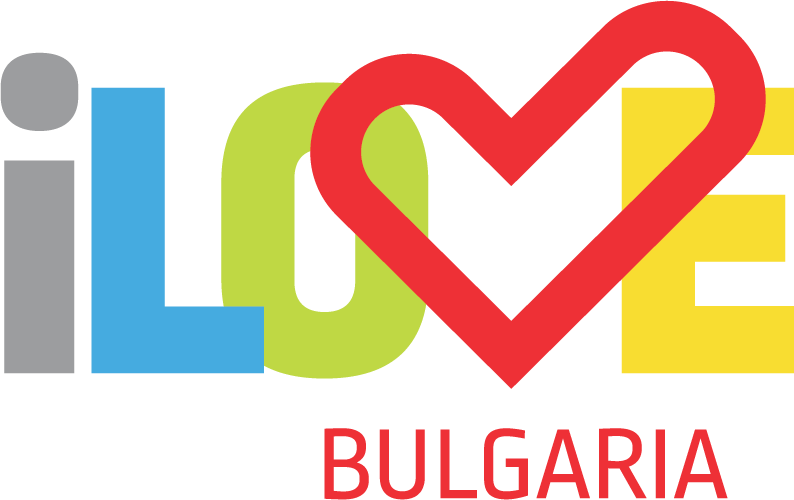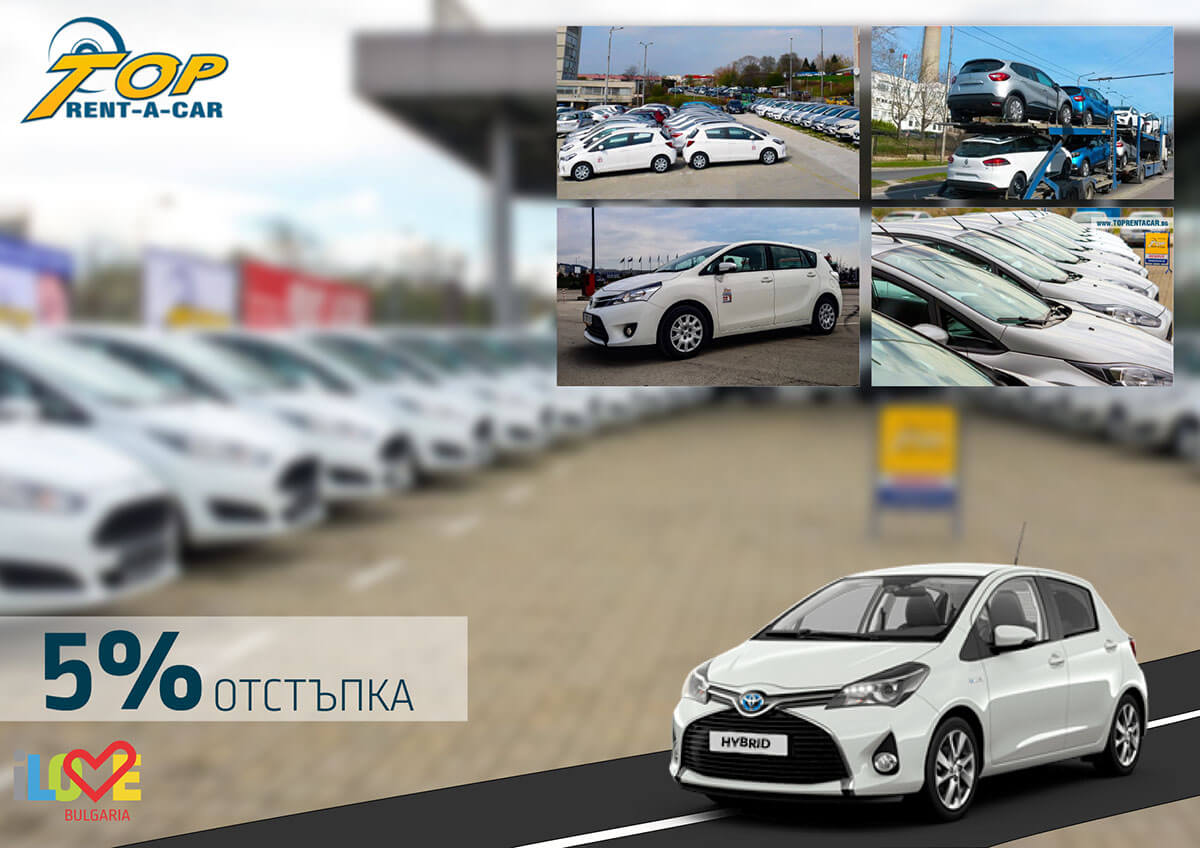Facts about Bulgaria
The Bulgarians are ancient people with the first written records of them dating back to IV century. The present Bulgarian state was founded in 681 after a successful war against Byzantium (the Eastern Roman Empire). In the 9th century Bulgarians adopted Christianity as the official religion and the capital moved from Pliska to Veliki Preslav. The students of Cyril and Methodius created in Bulgaria the Cyrillic alphabet, which is currently being used by nearly 300 million people around the world. Until the beginning of the 11th century, Bulgaria occupied a considerable territory in Southeast Europe, but it fell under Byzantine rule until the end of the 12th century. After the rebuilding of the Bulgarian state, the capital became Veliko Turnovo. By the mid 13th century though, Bulgaria was the strongest country in the European Southeast. At the end of the 14th century, Bulgaria was conquered by the Ottoman Turks and for almost 5 centuries was under their rule. In 1878, after the war between Russia and the Ottoman Empire, the Bulgarian state was restored, but many Bulgarians remained outside of its territory. In 1885 the Unification of the Principality of Bulgaria with East Rumelia took place. A series of 3 wars (the Balkan, the Alliance and the First World War) followed, with the aim of joining all the lands inhabited by Bulgarians. In 2004 Bulgaria became a member of NATO and in 2007 – the European Union.
Geographical location:
Southeastern Europe – between 41°14‘ and 44°13’ north latitude and between 22°21’ and 28°36’ east longitude.
Area: 110 993 km2
Capital: Sofia
Time zone: GMT +3:00
Climate: Transitional climate between Mediterranean and temperate continental.
Average annual temperature:
North Bulgaria ~ 8 ° C
South Bulgaria ~ 11°C
Daily temperatures vary between ~ 0-5°C during the winter and ~ 25-30 ° C during the summer months.
Relief:
About 30% of the country’s territory is plains, whereas the plateaus and hills occupy about 41%. The south-western part of the country stands out with its mountainous character, with Rila and Pirin being distinct, and to the east are the lower but more extensive Rhodope Mountains. Musala with a height of 2925 m is the highest peak on the Balkan Peninsula and is located in the Rila mountain. The Balkan crosses the country from west to east, north of the Rose Valley. The hilly and flat landscape are more characteristic for the southeastern parts, along the Black Sea coast as well as the main river of Bulgaria – the Danube, to the north.
Rivers: There are 325 rivers in Bulgaria. Among the longest and most beautiful rivers are Iskar, Maritsa, Veleka, Tundzha, Yantra, Struma, Osam, Danube.
Official name:
Republic of Bulgaria
Official language:
Bulgarian
Form of government:
Parliamentary Republic
Head of State:
President
Legislative authority:
The National Assembly, which includes 240 members, elected for a four-year term
Administrative division:
28 areas
Gross national product:
52 billion USD
Gross national product per capita:
7900 USD
Foreign trader:
Import – 30 billion USD
Export – 26 billion USD
Total population of the country:
7 130 000 people.
Population density:
65 people/ km2
Population distribution:
73 % (5 210 000 people) in cities
27 % (1 920 000 people) in villages
Annual population growth:
−0,6%
Life expectancy:
78 years for women
71 years for men
Gender structure:
51,4% Women
48,6% Men
Age structure:
Under 14 years – 14%
From 15 to 64 years – 66%
Over 65 years – 20%
Religion: The main religion is Orthodox Christianity, and the largest minority religion is Islam with Protestantism and Roman Catholicism following.
Country code of Bulgaria: 00359 / +359
Emergency phone: 112
First Aid 150
Police 166
Fire brigade 160
Traffic police 165
Roadside assistance 146
Official currency:
Bulgarian lev
1,95583 levs = 1 euro
Updated currency rates:
http://bnb.bg/Statistics/StExternalSector/StExchangeRates/StERForeignCurrencies/index.htm?toLang=_EN
Bulgaria applies the Common European Union Visa Policy. For more information on visa-by-country status, please check here: Ministry of foreign affairs
Voltage: 220-240V
Type of sockets: Europlug, Schuko
Bulgaria has 4 airports, all located in its largest cities – Sofia, Plovdiv, Varna and Burgas. There is also a good coverage of the rail system in the country, but this mode of transport is usually the slowest.
For drivers, the maximum allowed speed in populated areas is 50 km/h, in suburban areas it is 90 km/h and 140 km/h on the highways. Most of the country’s first-class and second-class roads are rehabilitated under European programs and are in good condition, but they have not been repaired everywhere, so drivers need to be careful.
The driver and all passengers must wear belts on the front seats.
Children under 12 are allowed to sit only in the rear seats.
The use of drugs, alcohol (over 0.05%) and driving are severely punishable.
The necessary documents when checked by government or police official are a passport, a national driver’s license and an international one along with insurance.
Only people above 18 years of age can drive, and most car rental companies require a minimum of 21 years with 1 year of experience.
It is mandatory to drive with headlamps turned on throughout the year.
Using a mobile phone while driving is forbidden and punishable.
For traveling on suburban roads and highways it is necessary to purchase a vignette sticker.
National Holidays
1st January – New Year
3rd March – Liberation Day of Bulgaria
April/May – Easter
1st May – International Workers’ Day
6th May – Saint George’s Day
24th May – Saints Cyril and Methodius Day
6th September – Unification Day of Bulgaria
22nd September – Independence Day of Bulgaria
1st November – National Revival Day
24th December – Christmas Eve
25th & 26th December – Birth of Christ (Christmas)
Traditions
Bulgaria has many interesting customs and traditions. Some of the most interesting are:
With Baba Martha and the 3rd month of the year – March – are associated many customs and holidays dedicated to the coming spring. The most famous custom associated with Baba Martha is to tie a Martenitsa (twisted white and red thread) on people and young animals on March 1, the day of the arrival of Baba Martha.
Nestinarstvo is an ancient pagan ritual, in which performers dance barefoot on hot coals. According to the tradition, the fire-dancers play in the evening on St. St. Constantine and Elena (the night of 3 to 4 June in old style).
Name days are very respected in Bulgaria. Many people take the names of saints, and usually there is a family gathering and celebration on the day of the name day.
Kukeri are the Bulgarian carnival figures – men, pretending as beasts or typical Bulgarian characters, always with masks on their heads, often with belt buckles and fur coats outside. On January 1 – New Year’s Day – traditionally, a Kuker Assembly is organized. Young and old dress up in folk costumes, masquerade and start chasing evil spirits. Kuker games and customs are performed only by men, mainly bachelors.
You cannot visit Bulgaria and without tasting traditional Bulgarian food and drinks such as banitsa, tikvenik, shopska salad, tarotor, bean soup, tripe soup, sarmas, stuffed peppers, kachamak, kapama, patatnik, yoghurt, rakiya and many more.
The biggest Black Sea resorts in Bulgaria are Sunny Beach, Golden Sands and Albena. Sunny Beach is a Bulgarian resort, located between the northern and southern part of the Bulgarian Black Sea Riviera, on the territory of the Municipality of Nessebar. Golden Sands is 17 km away from the center of Varna and it is the most famous resort on the northern Black Sea coast. Albena is also located in Northeastern Bulgaria, 8 km from the town of Balchik, 30 km from the towns of Dobrich and Varna.
The biggest winter ski resorts in Bulgaria are Bansko, Pamporovo and Borovets. Bansko is a town in the Southwest at the foot of the North Pirin, at 927 m above sea level. Pamporovo is a mountain resort in the Rhodopes, at 1650 m above sea level, at the foot of Mount Snezhanka whereas Borovets is located in Samokov municipality.











